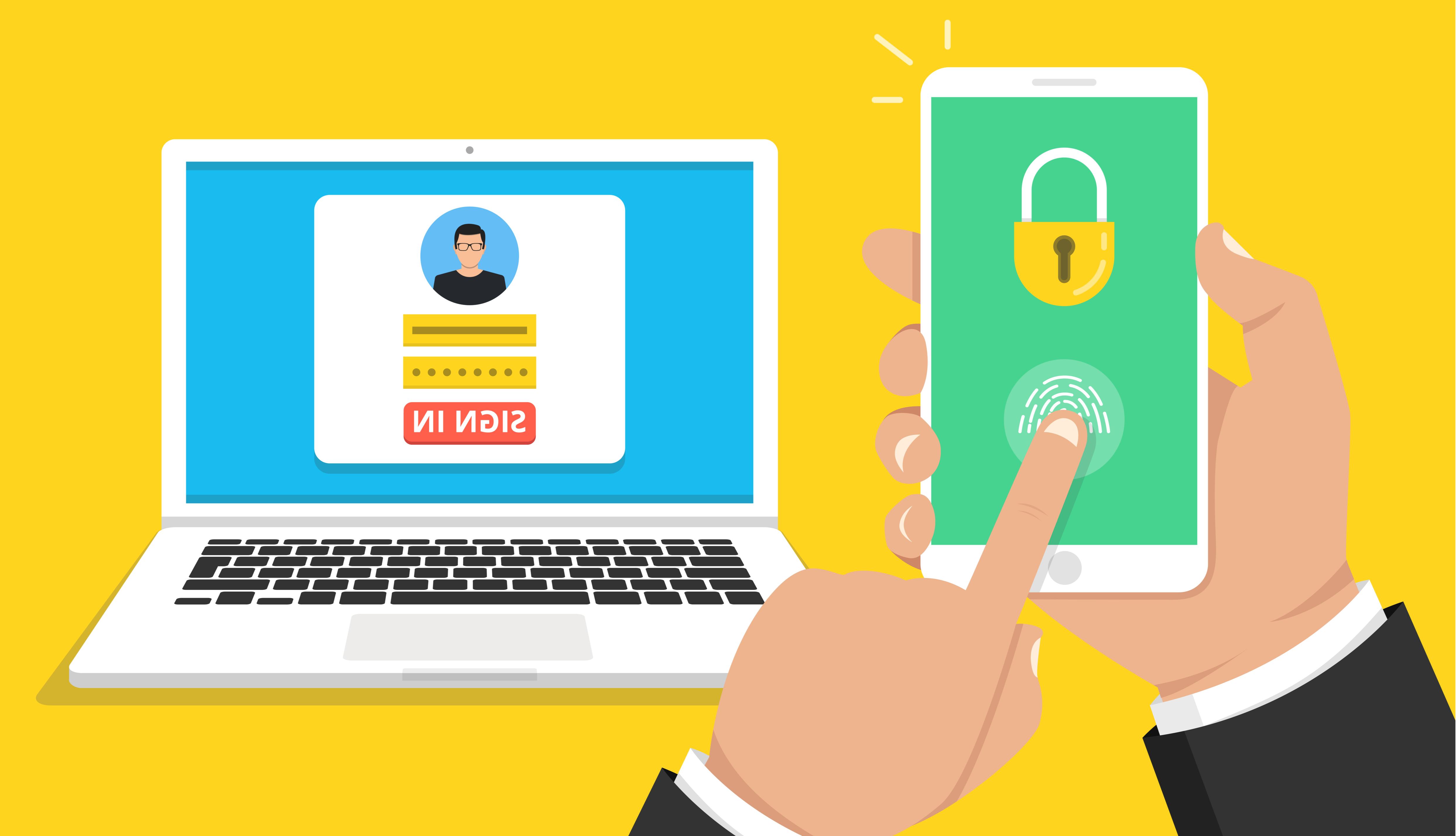Senhas fracas são uma realidade na vida comercial e pessoal. Os explorações de senha são o método preferido para os hackers violarem os sistemas corporativos e privados hoje, com milhares de contas sendo vítimas de senhas forçadas ou comprometidas com bruto todos os dias. Segurança da conta acima e acima de uma senha simples. Embora a senha ainda seja necessária, uma salvaguarda adicional é inserida no processo de login - um código, gerado ou enviado ao usuário no momento da autenticação, que também deve ser inserido para permitir o acesso. Essa combinação de coisas, conhecida como "algo que você conhece" (a senha) e "algo que você tem" (a chave) torna os sistemas muito mais seguros do que simplesmente confiar em apenas um ou outro. As chances de um hacker que obtenha o token-chave e a senha são extremamente baixas. Google, Twitter, Apple e outros provedores de serviços on-line principais oferecem a opção de dois fatores para os usuários. Agora, o suporte à autenticação de dois fatores é tão difundido que todas as empresas devem considerá-la e implementá-la onde é prático. Ao mesmo tempo, as únicas opções viáveis para isso foram chamá-las para um centro de controle central que emitisse a chave verbalmente ou os equipasse com os principais fobs criptográficos independentes e operados por bateria, sincronizados com o sistema de autenticação de back-end, que gera códigos válidos à pressão de um botão. Ambos os sistemas eram caros, os verbais em pessoal e tempo, os FOBs nos custos de equipamento e integração. Com um computador portátil em quase todos os funcionários, a capacidade de fornecer códigos de autenticação criptográfica seguros tornou-se infalível de implementar. Ativá -los para os usuários é tão simples quanto alterar uma configuração no painel de controle administrativo da empresa. A autenticação multi-fator do Azure usa telefones celulares dos funcionários para fornecer tokens de login sob demanda. Os telefones podem receber o código por meio de mensagens de texto simples, por meio de uma chamada telefônica automatizada ou por meio de um aplicativo seguro instalado no telefone.
The only way to stop the onslaught is to move your business to a solid two-factor authentication scheme.
What is two-factor authentication?
Two-factor authentication provides an extra layer of account security over and above a simple password. Although the password is still required, an additional safeguard is inserted into the login process – a code, either generated or sent to the user at the moment of authentication, which must also be entered to allow access. This combination of things, referred to as ‘something you know’ (the password) and ‘something you have’ (the key) renders systems vastly more secure than simply relying on only one or the other. The odds of a hacker obtaining both the key token and the password are extremely low.
If it’s good enough for big business…
Big business has been moving toward two-factor authentication for many years now. Google, Twitter, Apple, and other major online service providers all offer the two-factor option for users. Now support for two-factor authentication is so widespread that all businesses should be considering it, and implementing it where practical.
… it should be good enough for you
The largest challenge for a small business attempting to implement two-factor authentication is to provide employees with a means of receiving the key code required for login. At one time, the only viable options for this were to have them call in to a central control center that would issue the key verbally, or to equip them with independent, battery-operated cryptographic key fobs, synchronized with the backend authentication system, which generate valid codes at the push of a button. Both systems were expensive, the verbal one in staffing and time, the fobs in equipment and integration costs.
Putting the smart in smartphone
The explosion in popularity of smartphones has changed the options. With a portable computer in almost every employee’s pocket, the ability to deliver secure cryptographic authentication codes has become foolproof to implement.
Businesses using cloud-based services such as Google Apps or Microsoft’s Office 365 already have their own two-factor authentication systems set up and ready to use. Activating them for users is as simple as changing a configuration setting in the administrative control panel for the company.
Businesses which use Microsoft’s Active Directory authentication system have the option of using the same system as Office 365 offers – even if they don’t use Office 365 – by integrating their Active Directory with Microsoft’s Azure cloud platform. Azure Multi-Factor Authentication uses employee cell phones to deliver login tokens on demand. The phones can either receive the code via simple text messaging, via an automated phone call, or via a secure app installed on the phone.
Muitos sistemas de terceiros também estão disponíveis que podem se conectar aos sistemas do Active Directory no local, mas eles têm as mesmas dificuldades de custo e integração dos sistemas anteriores de dois fatores. A autenticação do RADIUS (que pode ser usada nos ambientes UNIX e Windows) possui um suporte considerável entre os fabricantes de token baseados em hardware. Esquemas de dois fatores de terceiros, como Duo ou sistema de autenticador do Google, podem ser adaptados para uso com logins seguros de shell (SSH). A sofisticação de ataques de terceiros e a disciplina congênita de falta de senha tornarão os sistemas de dois fatores o mínimo de fato para a verdadeira segurança on-line para o futuro próximo. Se você quiser saber mais, ligue para mim, John O'Brien, no 0800 6250 025.
Third party systems
Unfortunately, such systems remain the only option for businesses that make use of various Unix-based directory and authentication services. RADIUS authentication (which can be used in both Unix and Windows environments) has considerable support among hardware-based token manufacturers. Third-party two-factor schemes, such as Duo or Google’s Authenticator system, can be adapted for use with Secure Shell (SSH) logins.
The only option for true online security
Regardless of the underlying software systems at your business, the time has come to seriously investigate implementing two-factor authentication services for both customer and staff login. The sophistication of third-party attacks and the congenital lack of password discipline will make two-factor systems the de facto minimum for true online security for the foreseeable future.
Four Business Solutions can help you better manage and secure your business. If you’d like to know more, please call me, John O’Brien, on 0800 6250 025.
John O'Brien é o CEO da Four Business Solutions, Consultores de Negócios Globais e Integradores de Software que fornecem processos de negócios em OPERMATIVOS ACHETERAÇÃO || 230 Finance, Supply Chain & Operations, across a broad range of industries.



















